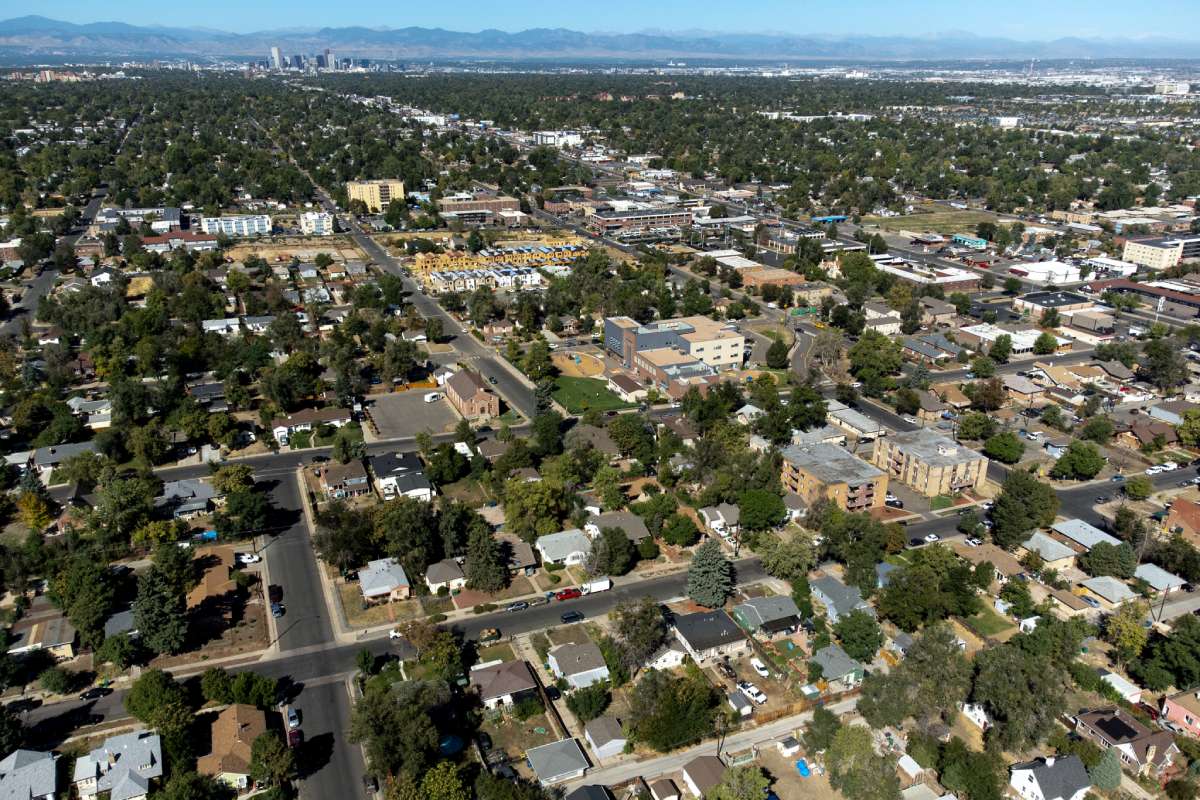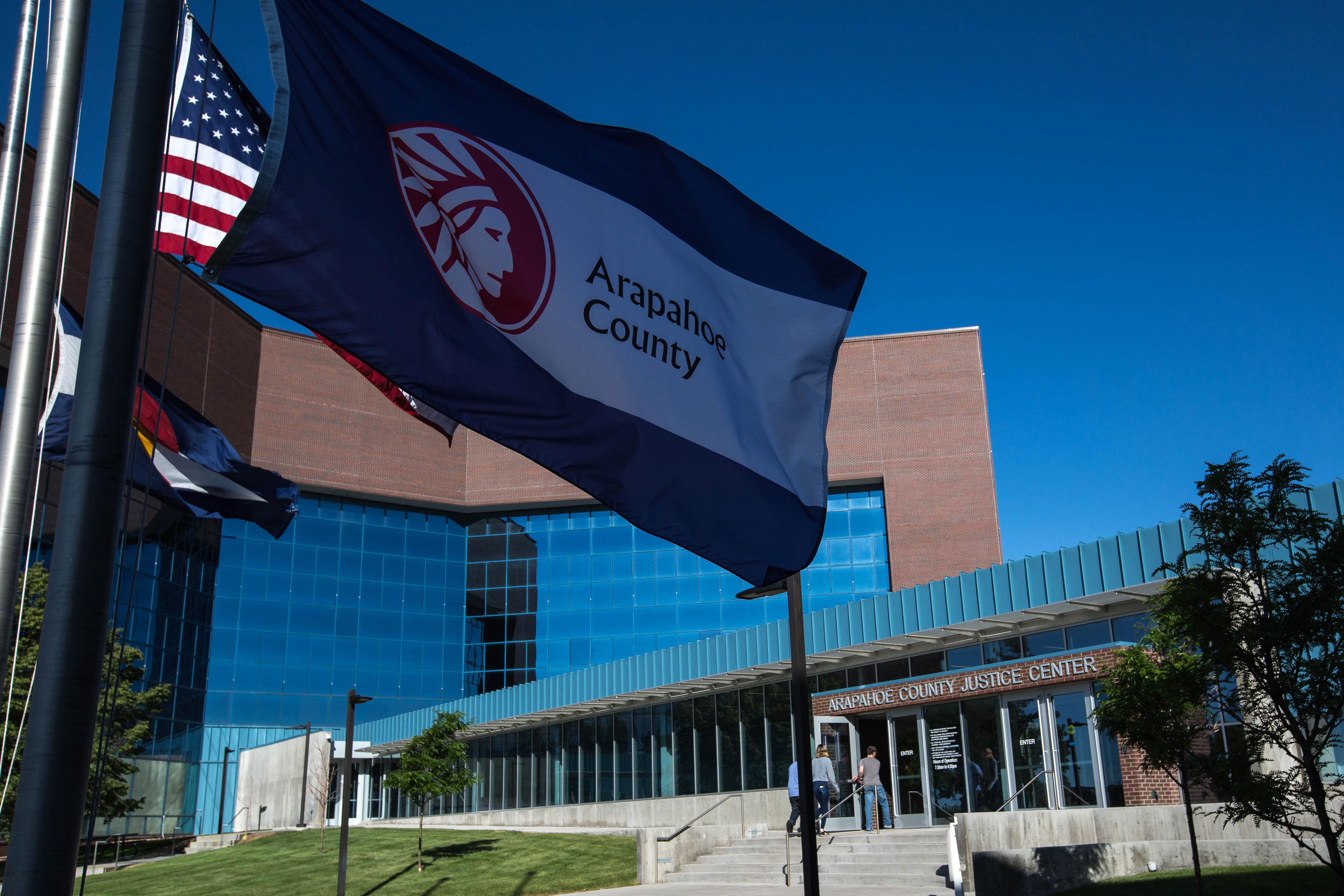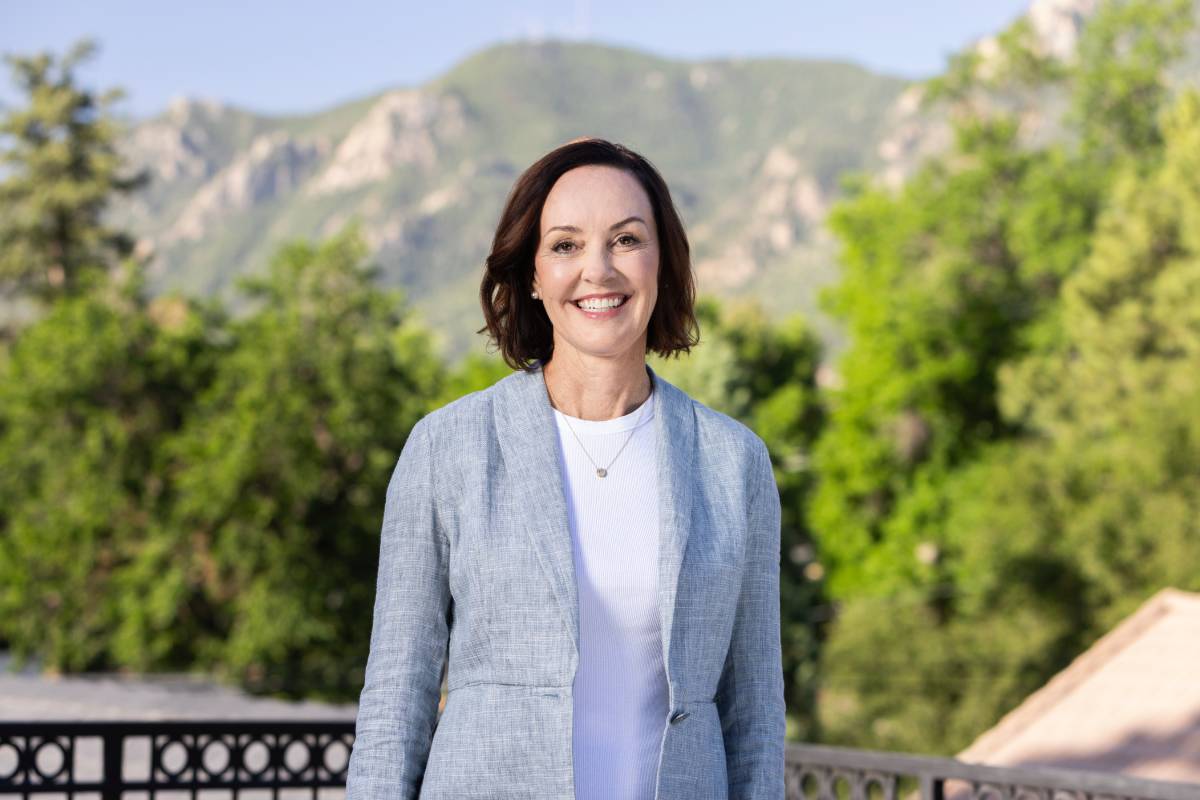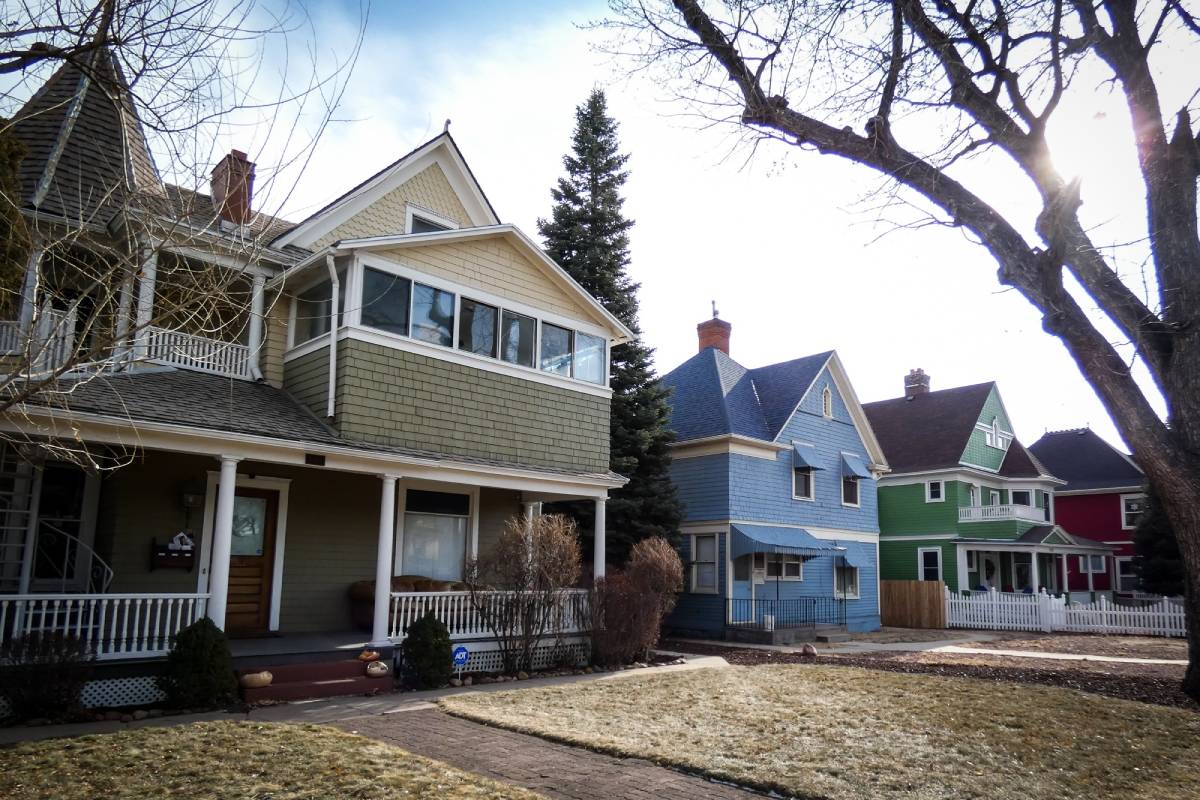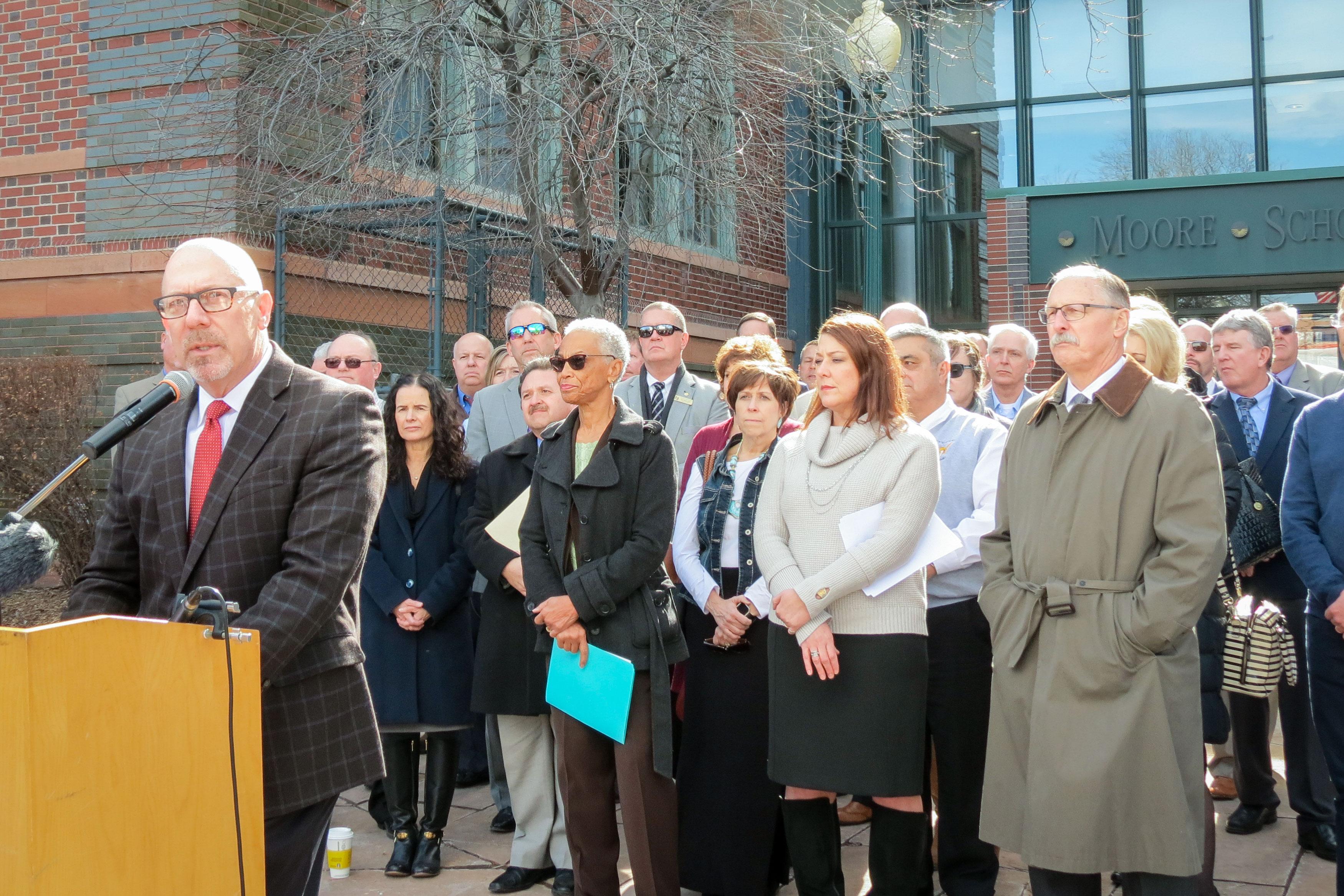

Colorado’s school superintendents say the way the state funds its public schools is outdated and needs a major overhaul, and more than 90 percent of them support a new way forward. If state lawmakers approve it, the measure would need voters to approve a tax increase to fund it.
Colorado uses the same approach it did nearly 25 years ago. These superintendents argue the formula doesn’t reflect today’s realities. They say that the kinds of kids going to school, and what schools are expected to accomplish, have changed radically.
“It often times feels like we’re barely limping along. It will get worse,” said Englewood Schools Superintendent Wendy Rubin. Districts are already struggling with issues like teacher shortages, she said, and many have had to move to four-day school weeks.
A bill to make the proposal law has already been introduced at the Capitol.
Here’s why the superintendents says things are broken, and how they propose to make a fix:
- Reforms haven’t been funded: Colorado has passed major school reforms, including tougher academic standards, new graduation requirements, and teacher evaluations. But there’s been almost no extra money to help make those reforms a reality.
- Student demographics are different and costly: There are many more students in poverty and more English language learners in schools than there were 25 years ago. It takes a lot more money to educate these children, and there's not enough money there.
Right now, every student in the state gets a base per-pupil amount of $6,546 each. There’s a separate pot of money that is distributed to school districts for students with disabilities, English language learners, and gifted students. But the amount of that money isn’t flexible and can’t change if there is an increase in the number if students in one of those categories.
“If public schools are truly going to be the great equalizer in this country, they need to be able to address all the needs that every kid brings through the schoolhouse door,” said Superintendent Walt Cooper of Cheyenne Mountain district in Colorado Springs.
The plan proposed by the superintendents takes all those major categories of students – the gifted, those with disabilities, English language learners – and puts them into the per-pupil funding formula so that each kid in each category gets adequate funding. The new proposal places students’ needs as the driving force in the funding formula instead of a school district’s characteristics, like how big it is or whether it’s rural or urban.
Bruce Stahlman, whose twins in the Littleton Public School system have cerebral palsy, said that for every dollar the school district spends for students with disabilities, the state reimburses the district 25 cents. Under the new formula, districts would receive more money for students like that.
The new proposal would also make changes to the way the state distributes funds to help districts with low income students. Right now, Colorado gives extra money to districts based on the number of kids they have enrolled in free lunch programs. If the measure were to pass, a district would also get funds for students who qualify for reduced price lunches as well — a major policy shift.
The proposal would also bring the per-pupil funding up to the national average. And schools that offer full-day Kindergarten would get get funding for the full day. Right now, the state pays for about half a day.
There’s an important caveat to this bill: It wouldn’t go into effect unless it’s fully funded. The estimated cost is at least $1.7 billion. A large chunk of that amount is money the state already owes schools. The state shortfall to schools since the recession now totals $6.7 billion.
Several ballot proposals are in the early stages. They call for a new graduated income tax. People making more than $150,000 would pay more taxes. There are others that propose a new corporate tax rate; still others change how personal and business property would be taxed. But in the past, every attempt to change school funding has failed in the courts, at the Capitol and at the ballot box. In 2013, voters soundly rejected Amendment 66 to raise money for schools and change the funding formula.
That failed measure was not popular with superintendents. What’s different about this effort is that 90 percent of the state’s superintendents back it. It’s still hard to tell where this will go with lawmakers, though. Some are staunchly opposed to any kind of state tax increase for schools, so it will be a non-starter for them. But superintendents said they hope oppositional lawmakers take a long look at the state of school finances and change their minds.

